15 trailblazing women who broke down barriers over the last 150 years
Michelle Larkin

- The last 150 years saw a huge shift in women's rights around the world.
- Susan B. Anthony helped get women the right to vote.
- Rosa Parks became a symbol of the civil rights movement for her work.
In the last 150 years, women's roles have changed dramatically across the world.
With trailblazers like Susan B. Anthony and Rosa Parks fighting for equality, women today can be just about anything they set their minds to.
Although work is still being done for equal rights for all, here are a few of the women who broke down huge barriers:
Shirley Chisholm fought for racial and gender equality as the first African American woman in Congress.
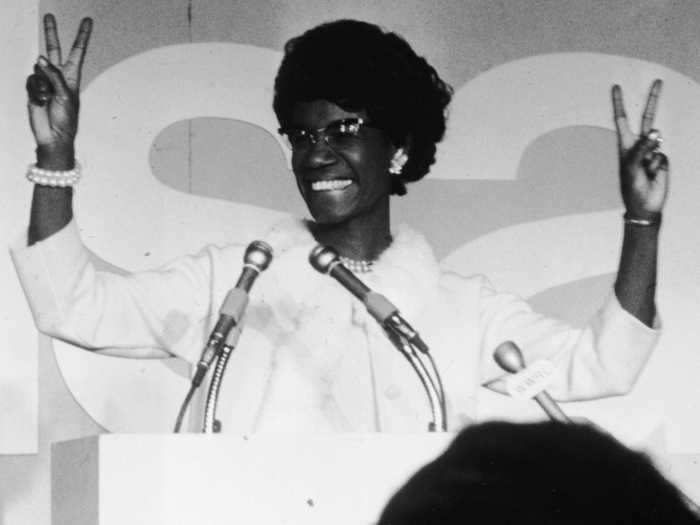
Shirley Chisholm broke barriers in American politics as the first African American woman in Congress during a time of extreme discrimination in the United States.
She started her career as a nursery-school teacher and earned her master's degree in elementary education from Columbia University in 1951.
In 1969, Chisholm ran and won a seat in Congress, where she ultimately served seven terms and earned the nickname "Fighting Shirley" for her passionate work for racial and gender equality.
She went on to be the first woman and African American to run for president of the United States under a major political party in 1972.
Malala Yousafzai continues to fight for the right of girls to go to school.
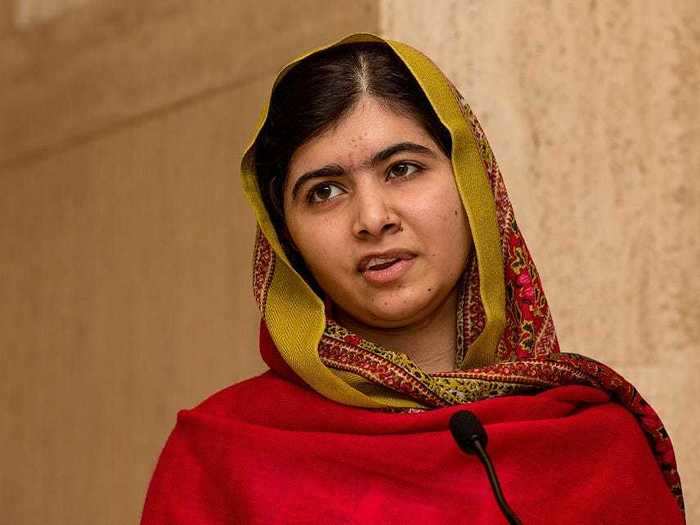
Malala Yousafzai grew up in Pakistan, where the Taliban took control. Girls were no longer allowed to go to school, and many of those institutions were being destroyed.
At just 11 years old, Yousafzai began to speak out against the Taliban on a blog and documented her experiences. After receiving some recognition for her work, at the age of 15, she was shot in the head by a member of the Taliban on her way home from school in 2012.
After her recovery in the United Kingdom, Yousafzai started the Malala Fund, a charity that fights for girls' education. In 2014, she became the youngest-ever Nobel Peace Prize winner at just 17 years old.
As recently as 2018, there were still more than 130 million girls not in school, and Yousafzai continues to break ground with her work across the world.
Marie Curie's groundbreaking discoveries led to the use of radiation to treat illness.
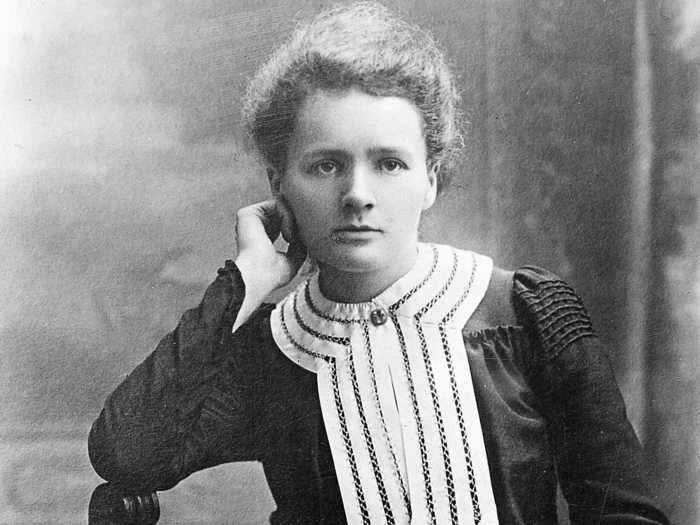
Marie Curie became a world-renowned physicist during a time when women weren't regarded for these types of roles.
Born in Poland, Curie left Warsaw in 1891 to study physics and mathematics at the Sorbonne in Paris. There, she met her husband Pierre Curie, and together they began researching the separation of radium from radioactive residues.
Their work covering radioactivity earned them the Nobel Prize for Physics.
After her husband died in 1906, Curie threw herself into her career and became the first woman to teach at the Sorbonne. She later earned a second Nobel Prize, this time in Chemistry for her work in isolating pure radium.
Curie was the first woman to win a Nobel Prize.
Her groundbreaking work advanced the use of radiation to treat illness and furthered research around nuclear physics.
Junko Tabei broke gender stereotypes as the first woman to climb to Mount Everest's summit.
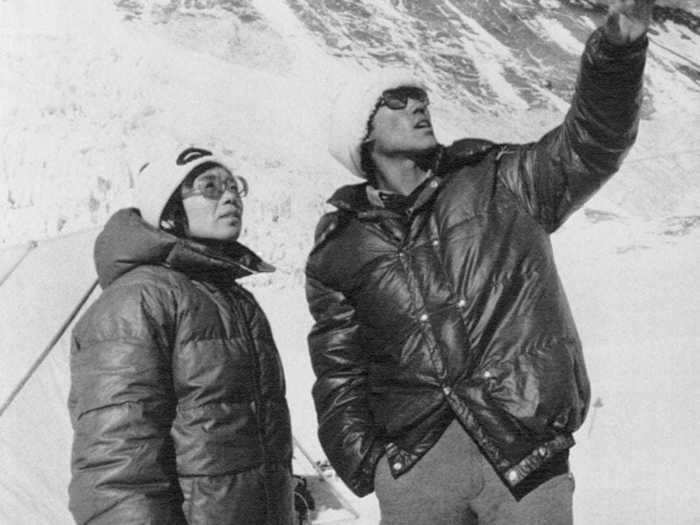
Not only was Japanese mountaineer Junko Tabei the first woman to ever trek to Mount Everest's summit, but she also was the first one to complete the Seven Summits — climbing the tallest mountain on every continent.
Tabei formed the Ladies' Climbing Club in 1969, an all-woman mountaineering group that would eventually make the trek up Mount Everest together in 1975.
Although Tabei's accomplishment of climbing Mount Everest was huge on its own, her Ladies' Climbing Club broke barriers in Japan, where at the time it was believed that women should just be caring for their families.
Frida Kahlo's art celebrated the female form and Mexican culture.
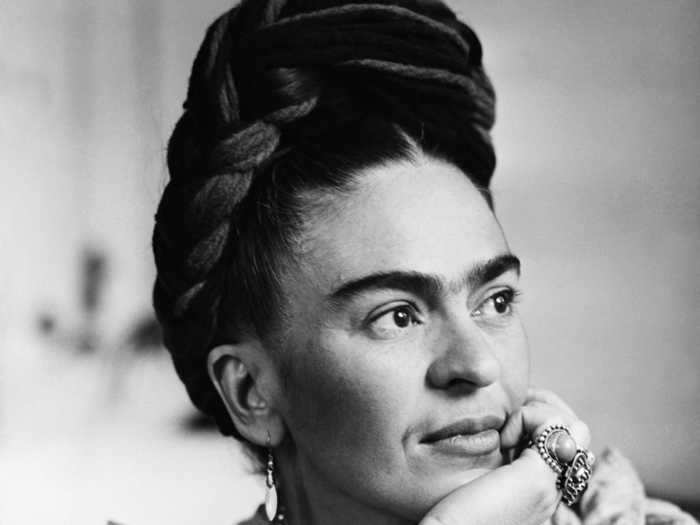
After overcoming a debilitating injury and tumultuous marriage, Frida Kahlo became one of Mexico's most famous painters.
In 1925, she was in a bus accident that required her to have over 30 surgeries during her lifetime, but it was during her recovery that she learned to paint.
By the 1930s, Kahlo's marriage was suffering. Her husband was having an affair with her sister while Kahlo was also having extramarital relations with both men and women, so the couple divorced.
Kahlo became known for her surrealist self-portraits that celebrate both the female form and Mexican culture.
Today, she is heralded as a feminist and LGBTQ icon.
Valentina Tereshkova was the first woman in space.
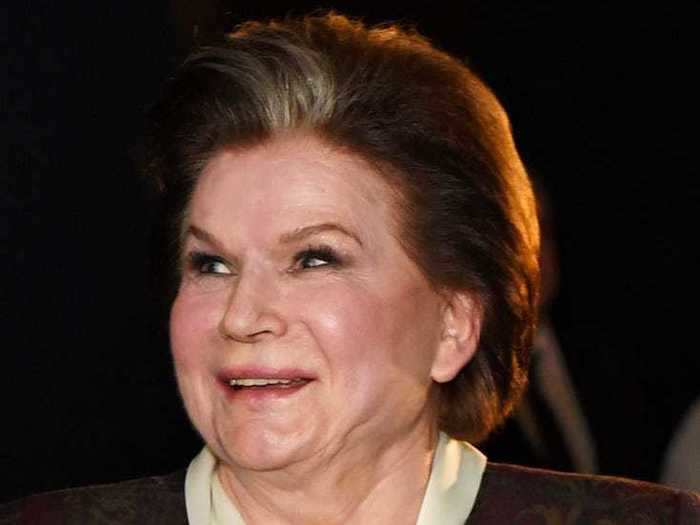
Valentina Tereshkova was the first woman to ever go to space.
While working in a textile mill, Tereshkova joined a parachuting club, where she made 150 jumps. With that experience, she wrote a letter to the space center asking if she could join.
The Soviet space officials were already putting together a group of women for the next cosmonaut team. So in 1961, they decided to choose Tereshkova to join the next class of people to go to space.
After rigorous training, she was launched into space for a 70-hour-and-50-minute flight that resulted in 45 revolutions around Earth.
Katherine Johnson's keen mathematics skills helped put people in space.
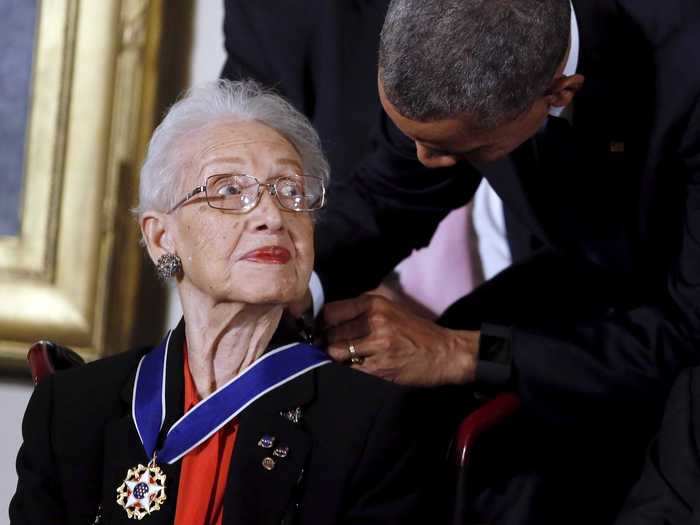
Mathematician Katherine Johnson used her exceptional calculation skills to assess the flight paths of spacecrafts for NASA.
Prior to her work in the space industry, Johnson was one of the first three African American students to be accepted into the graduate program at West Virginia University in 1939. Soon after, she got married and started a family, putting her mathematics career on hold.
In 1953, Johnson began working for the National Advisory Committee for Aeronautics (NACA), which was still segregated at the time.
Her work analyzing flight tests led to her joining the Space Task Group for what would become NASA later that year. She did trajectory analysis for the first human spaceflight and ran calculations personally for John Glenn's orbital mission.
During her 33-year career, she was the first woman in her division to receive credit for a research report, and she went on to author or co-author 26 research papers.
Johnson received the Presidential Medal of Freedom from then-president Barack Obama in 2015.
Madam C.J. Walker became the first female self-made millionaire in the US.
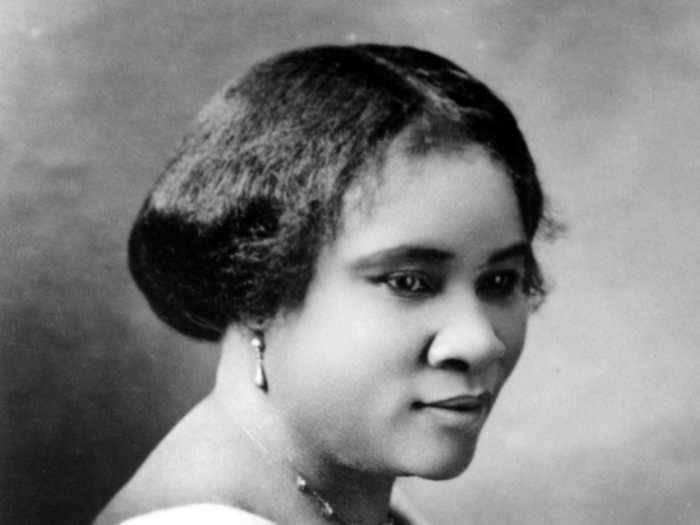
Madam C.J. Walker created her own line of hair-care products in 1905, which led to her becoming the first female self-made millionaire in the United States.
Her business started after she invented a treatment for her own hair loss, and she began selling it as the Walker system.
Walker's products became popular among African American women because she used her personal experience and marketed the line as designed for a specific hair type.
She used her wealth to fund a YMCA in Indianapolis and made donations to the NAACP.
Katharine Graham's courage led her to become the first female CEO of a Fortune 500 company.

Katharine Graham paved the way for women in business as the first female CEO of a Fortune 500 company.
After her husband died in 1963, Graham took over as president of the Washington Post Company and ultimately led the newspaper to success.
Because of Graham's courage and tenacity, the Washington Post published the Pentagon Papers, which exposed the harsh realities of the Vietnam War and the Watergate scandal, despite pushback from the Richard Nixon administration.
Bessie Coleman learned to fly and promoted equality.
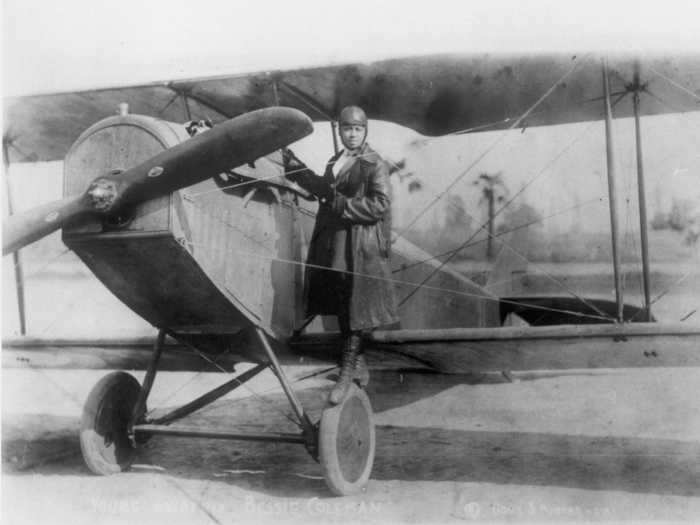
Despite facing poverty and discrimination, Bessie Coleman became the first African American female pilot.
After hearing the exciting stories from pilots returning from World War I, Coleman decided she was going to learn to fly.
It was nearly impossible for a woman to earn her pilot's license in the United States during this time, so Coleman went to France to learn in 1920.
When she returned to the United States a year later with her international pilot's license, she was met with fanfare and celebration.
She used her newfound fame to promote equality — Coleman would decline airshows that wouldn't admit African Americans.
Kathy Switzer was the first woman to officially complete the Boston Marathon.
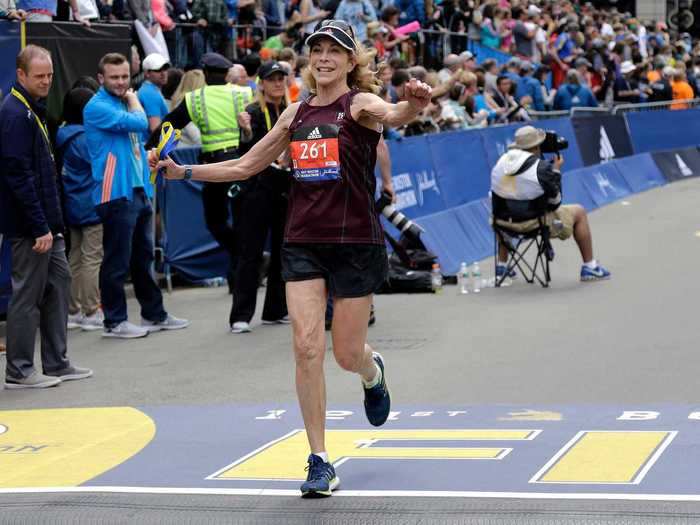
In 1967, Kathy Switzer became the first woman to complete the Boston Marathon as a registered runner.
The year prior, another woman finished the race, but she ran without an official number. So Switzer became determined to enter and complete the Boston Marathon, despite pushback from her coach, boyfriend, and others.
She entered the race using just her initials and received mostly positive comments from other male runners. But once marathon officials realized a woman was participating, they found her on the course and tried to rip her race bib off her shirt.
She continued on and ultimately finished the race with her coach by her side.
It wouldn't be until 1972 that women were officially permitted to enter the Boston Marathon.
Anthony dedicated her life to fighting for women's suffrage.
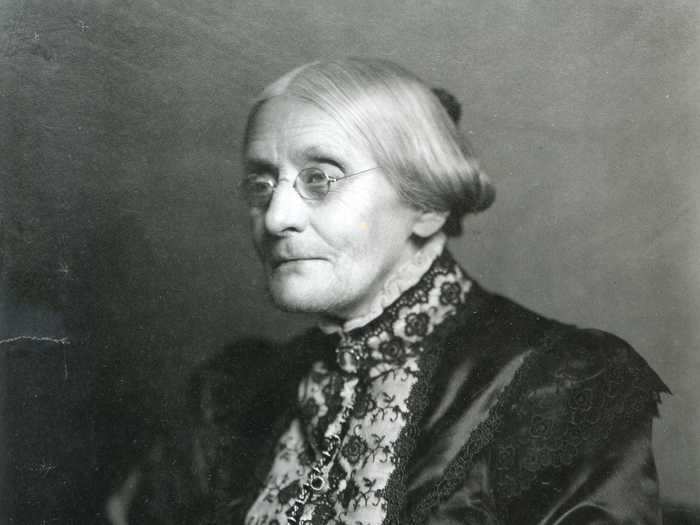
Suffragist Anthony dedicated her life's work to getting women the right to vote. After spending 15 years as a teacher, she joined the abolishment movement and temperance rallies.
She wasn't allowed to speak at the rallies because of her gender, so she ultimately joined the women's rights movement in 1852.
In 1872, the movement took a turn and gained attention when Anthony was arrested for voting. She continued to speak out for women's suffrage, gathering signatures for petitions and lobbying in Congress up until her death in 1906.
She died just a few years shy of the 1920 ratification of the 19th amendment, which finally gave women the right to vote. However, this addition to the constitution did not extend that right to many women of color across the nation.
Parks became a symbol of the civil rights movement.
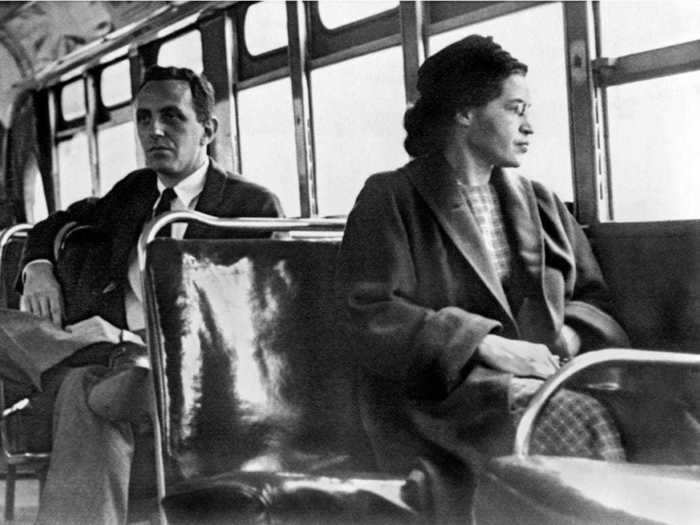
Parks is best known for refusing to give up her seat on a city bus in segregated Alabama.
Prior to this moment, Parks worked as a seamstress while joining her local chapter of the NAACP.
On December 1, 1955, Parks became the face of the modern civil rights movement when she was arrested for not giving her bus seat to a white man.
This event was a catalyst for the civil rights movement and African Americans began boycotting the buses for just over an entire year.
In November 1956, the US Supreme Court ruled bus segregation unconstitutional.
Parks' work as the "mother of the civil rights movement" left a lasting legacy on the fight for equality in the United States and earned her the Congressional Gold Medal in 1999.
Nancy Pelosi was the first female Speaker of the House.
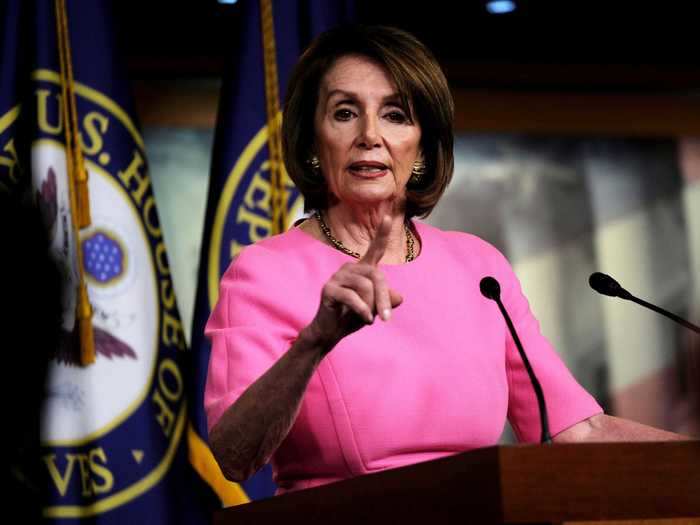
Known now for her strength and grit as the Speaker of the United States House of Representatives, Nancy Pelosi has worked hard to get to this point.
Her early political involvement began while living in San Francisco with her family, where she was a volunteer Democratic organizer with a knack for fundraising.
She eventually served on the Democratic National Committee and went on to run for California's 12th District Congressional seat, just narrowly winning the first election.
After she proved herself in her first term, she continued to be reelected and hold her ground in Washington D.C. She was known to use her stern voice to unite the moderates and liberals of her party to join together.
In 2002, Pelosi was elected as the minority whip, and later that year, she was voted in as the minority leader. So in 2003, she went on to be the first woman to lead a party in Congress.
In 2007, Pelosi was elected as the first woman to serve as Speaker of the House and continues to fill that position today.
Oprah Winfrey has earned remarkable success as an entertainment icon.
Oprah Winfrey has been called "the most powerful woman in the world" for her impact on the entertainment industry and philanthropic endeavors.
Before becoming a household name and hosting her own show, she was a reporter and anchor at a local TV station.
In 1984, she hosted the TV broadcast "AM Chicago," which was renamed "The Oprah Winfrey Show" less than a year later per its success.
After this program became the most popular talk show in national syndication and won several Emmy awards, Winfrey became the youngest person to win broadcaster of the year at the 1988 International Radio and Television Society Awards.
Later that year, Winfrey became America's third woman to have her own studio when she created Harpo Studios. That studio went on to produce "The Oprah Winfrey Show," which ran for 25 years.
In 1990, Winfrey became the first African American woman to be named one of the most influential people in entertainment by Entertainment Weekly.
In 2003, she also became the first African American woman on Forbes' "World's Richest People" list.
And in 2008, Winfrey created the Oprah Winfrey Network, a cable channel with dozens of original series.
In addition to her philanthropy work, Winfrey still impacts today's entertainment industry with her hard-hitting interviews, broadcasts on her network, and ongoing podcast.
READ MORE ARTICLES ON
Popular Right Now
Popular Keywords
Advertisement